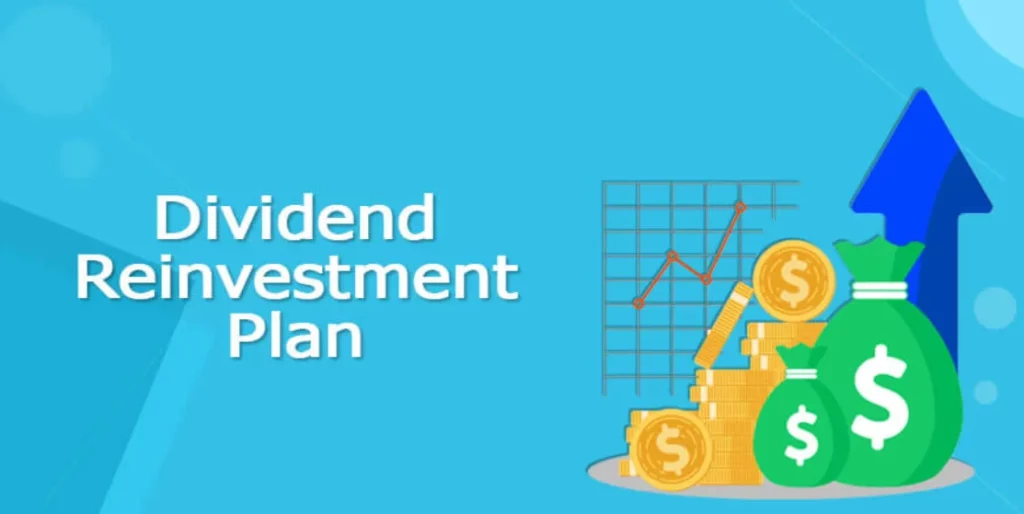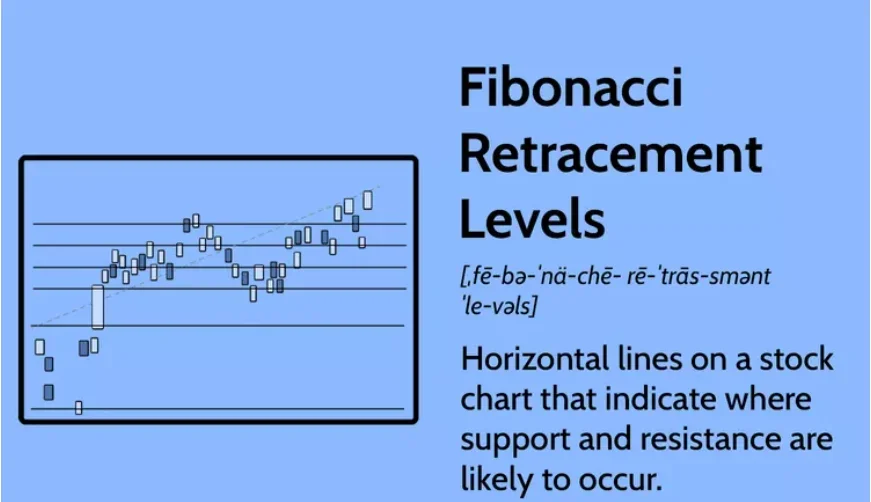
Introduction:
With their alternative investment opportunities and innovative tactics that can significantly affect market dynamics, hedge funds play a vital role in the stock market. Hedge funds serve as specialised investment vehicles for high-net-worth individuals and institutional investors looking for possibly greater returns and diversification outside of standard investment options. Investigating the function of hedge funds on the stock market reveals details about their organisation, tactics, and impact on market behaviour.
Hedge funds have a number of significant advantages over conventional investment funds. They can employ leverage, engage in sophisticated financial instruments, and take both long and short positions because their investment techniques are more flexible. Investors looking for alternate sources of alpha find hedge funds appealing since they can possibly create profits independent of market conditions thanks to these tactics.
The inclusion of hedge funds adds another level of sophistication and complexity to the stock market. Hedge fund managers frequently use active investment management techniques, closely observing market movements, carrying out in-depth research, and utilising their knowledge to make wise investment selections. Their capacity to profit from pricing differences, take advantage of market imperfections, and engage in arbitrage operations helps to increase the liquidity and general efficiency of the stock market.Stock prices may be impacted by hedge funds’ trading and capital allocation strategies, especially for smaller or less liquid equities. Their sizable transactions and capacity to take short positions have the potential to have an impact on the market, cause responses from other market participants, and maybe affect sentiment.
Investors, regulators, and market players must all comprehend the function of hedge funds in the stock market. Stakeholders can better understand the forces shaping market dynamics, improve investment decision-making, and evaluate potential risks and opportunities by analysing their investment plans, risk management procedures, and market impact.
How Does Hedge Funds work in Stock Market?
Hedge funds do business on the stock market by putting different investing methods into practise in order to provide profits for their clients. An summary of the stock market operations of hedge funds is provided below:
- Hedge funds‘ funding comes from a variety of sources, including institutional investors, high-net-worth individuals, and occasionally even pension or endowment funds. The assets under management (AUM) of the fund are created from this collective cash and are utilised to carry out stock market investment strategies.
- Investment methods: To increase profits, hedge funds use a wide variety of investment methods. These tactics can involve taking long positions (buying stocks), taking short positions (selling equities they don’t own in order to repurchase them at a reduced price), using leverage (borrowing money to increase investment returns), and using derivatives and other sophisticated financial instruments. Hedge funds use a wide range of specialised tactics, and each fund takes a different approach.
- Active Management: Investment entities that are actively managed include hedge funds. For the purpose of making investment decisions, they have research teams and portfolio managers who examine market trends, business fundamentals, and other pertinent information. The portfolio holdings are regularly monitored and adjusted by the fund management in accordance with their view for the market and investment plan.
- Risk management: In order to manage and reduce investment risks, hedge funds often have risk management procedures in place. The capital of the fund is protected, and possible losses are minimised, via these measures. Diversification across many equities, industries, and asset classes is one method of risk management. Other methods include placing stop-loss orders or using hedging techniques to limit potential losses.
- Market Impact: Hedge funds can affect the stock market because of the considerable amount they manage. Stock prices can be affected by large trades made by hedge funds, particularly for smaller or less liquid equities. Additionally, their trading activities have the potential to affect other market participants and signal market mood, which can result in price changes and market trends.
Explore the Role of Hedge Funds in the Stock Market?
The operations and strategies of hedge funds have a substantial impact on market dynamics and investor sentiment, and they play a key role in the stock market. Understanding how hedge funds operate in the stock market can help market players understand their tactics, sway, and potential repercussions.
- Investing Techniques: A variety of investing techniques are used by hedge funds, such as long and short positions, leverage, derivatives, and alternative investments. They can pursue returns using these tactics regardless of the direction of the market, possibly making money even during bear markets. The stock market’s performance and the overall stability or volatility of the market can both be influenced by hedge funds’ capacity to navigate both bullish and bearish market circumstances.
- Hedge funds are frequently active traders and can help with market liquidity. Stock prices may be impacted by their purchasing and selling, particularly for smaller or less liquid equities. Hedge funds support effective price discovery and improve overall market functionality by engaging in the market and supplying liquidity.
- Market efficiency and arbitrage: Hedge funds use arbitrage methods to take advantage of price differences between comparable securities, such as stocks and options, or between various regional markets. Hedge funds can improve the overall efficiency of the stock market by spotting and profiting from these inefficiencies, reducing spreads, and bringing prices closer to underlying values.
- Hedge funds’ huge trading volumes and versatility in taking both long and short positions can have an impact on stock prices. Large hedge fund trades have the power to affect the market and alter prices. Additionally, the signals they send to the market and the impact they have on other traders help stock prices trend and gain momentum.
- Investor Sentiment and Market Perception: Investor sentiment and market perception can be affected by the high-profile operations and results of hedge funds. Stock prices may rise if well-known hedge funds perform well and draw in capital and create a favourable market environment. On the other hand, poor results or prominent hedge fund failures can have the opposite impact, causing market declines and rising risk aversion.
- Systemic Risk: The operations of hedge funds may expose the larger financial system to systemic hazards. In times of financial crisis, their leverage and connections to other market participants can increase market volatility and cause disruptions that affect the entire market. Hedge fund activities can have major effects on the stability of the stock market and the financial system as a whole, as evidenced by important market events like the global financial crisis in 2008.
Advantages and Disadvantages of Hedge Funds in Stock Market?
Advantages:
- Systemic Risk: The operations of hedge funds may expose the larger financial system to systemic hazards. In times of financial crisis, their leverage and connections to other market participants can increase market volatility and cause disruptions that affect the entire market. Hedge fund activities can have major effects on the stability of the stock market and the financial system as a whole, as evidenced by important market events like the global financial crisis in 2008.
- Opportunities for diversification: In addition to conventional equities and bonds, hedge funds have access to a wide range of investing opportunities. They could put money into derivatives, real estate, private equity, and other nontraditional asset classes like commodities. By exposing investors to non-correlated assets, diversification can help investors reduce risk and possibly improve portfolio performance.
- Active Investment Management: Skilled managers actively track market movements, conduct in-depth research, and modify investment positions in hedge funds. Hedge fund managers can take advantage of market inefficiencies and opportunities by using an active management strategy, possibly making money in both bull and bear markets.
- Hedge funds are adaptable and flexible, allowing them to change their investment strategies and allocations in response to shifting market conditions and investment possibilities. They can handle various market settings thanks to their versatility, and they may even offer downside protection during market downturns.
DisAdvantages:
- Expensive Fees: Management and performance fees for hedge funds are frequently very expensive. The typical fee schedule, or “2 and 20,” consists of a 2% annual management fee on assets under management (AUM) and a 20% fee on any profits generated by the fund. The overall returns of investors may be severely impacted by these fees, particularly during periods of poor performance.
- High minimum investment requirements and limited accessibility are two factors that prevent most ordinary investors from investing in hedge funds. Additionally, the pool of possible participants is restricted because they are normally only open to accredited or experienced investors.
- Lack of Transparency: Unlike mutual funds or publicly traded firms, hedge funds are not subject to the same level of regulatory transparency requirements. Investors may find it difficult to adequately assess and keep track of their assets because of their possible lack of transparency regarding their investment holdings, methods, and risk exposures.
- Risk and Volatility: Hedge funds frequently use sophisticated investment techniques, such as leverage and derivatives, which can increase both possible profits and dangers. Particularly during times of market stress or when strategies fall short of expectations, this elevated risk profile may expose investors to higher levels of volatility and significant losses.
- Hedge funds are subject to regulatory frameworks that impose a number of rules and limits. Both the fund and its investors may incur additional expenses and administrative burdens in order to comply with these laws.
Conclusion:
In conclusion, hedge funds have a considerable impact on the stock market, providing investors with both clear benefits and drawbacks while also altering market dynamics. Through their specialised investing techniques, active management, and chances for diversification across different asset classes, hedge funds provide the possibility of higher returns. They are adaptable enough to change with the market, with the potential to perform well in both bullish and bearish markets.
Hedge funds do have some shortcomings, though. For private investors, high costs, restricted access, and lack of transparency may be drawbacks. Hedge funds’ intricate tactics may increase risk and volatility, which could result in possible losses, particularly during market downturns.
Hedge funds continue to be a prominent feature of the stock market, attracting sophisticated investors seeking potentially higher returns and diversification. While they offer distinct advantages, investors should carefully weigh these against the associated risks and costs to make informed decisions that align with their investment goals and risk appetite.
FOLLOW OUR WEBSITE: https://learningsharks.in/
FOLLOW OUR PAGE: https://www.instagram.com/learningsharks/









